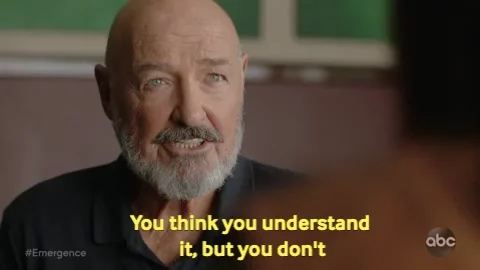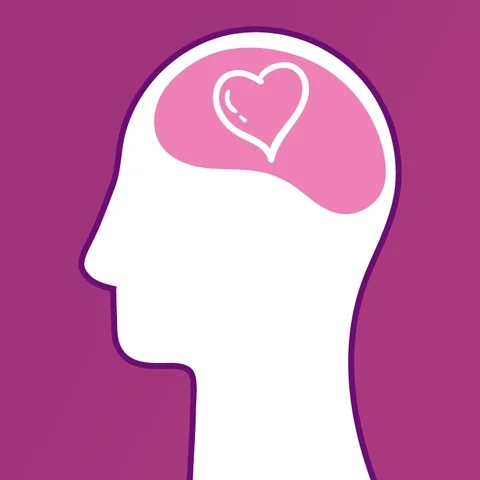Many things in life are abstract: addition and subtraction, a foreign language, and even vocabulary.
Abstract concepts often have no physical form, and if they do, they need to be decoded. This is why abstractions can be so difficult for learners to process and understand.

Remember when you learned about symmetry? Instead of just giving you a definition, your teacher probably had you draw imaginary lines through basic shapes and familiar images.
This helped you better understand how symmetry works in the real world.

Human memory is designed to remember concrete information better than abstract information.
To really nail down an abstract idea, students need to solidify it in their minds with concrete examples that appeal to their personal learning needs and preferences.
1. Visuals
There are a variety of graphics you can use to communicate abstract ideas and concepts, each with different strengths and purposes.

Try using:
diagrams to demonstrate how things work — eg. a family tree to show how genetic traits get passed down
charts, graphs, and infographics to interpret data and statistics — eg. a visualization of the growth of the middle class around the world
timelines to summarize how things change over time — eg. a history of human evolution over millions of years
2. Tangible Items
Abstract things — like values and brand-describing adjectives — are difficult to imagine. But if learners use physical objects — like cards or building blocks to represent these abstract terms, things get much more interesting and meaningful.

There are lots of great objects you can use depending on the topic. For example, to teach math, you can use:
coins to practice money management
2D and/or 3D geometric shape sets
marbles or food to demonstrate division
3. Scenarios

Scenarios, case studies, and even stories help learners connect theoretical concepts to real situations.
Remember Archimedes's "Eureka" moment in the bathtub? It's a great story that introduces a scientific concept in a simple and engaging way.
If you're teaching a high school economics class about the concept of scarcity, for example, Learning Scientists suggests using this relatable scenario:
Think about an airline company. If you were to try and book a flight four months in advance, the ticket prices would probably be pretty reasonable. But as it gets closer to the date of travel, there will be fewer seats left on the plane (the seats are more rare). This scarcity drives up the cost (value) of the tickets.

Take Action

Bring abstract ideas to life with concrete examples!
It helps your students tremendously if you start by teaching concepts in concrete ways and build up from there.
When teaching a new concept:
Your feedback matters to us.
This Byte helped me better understand the topic.
